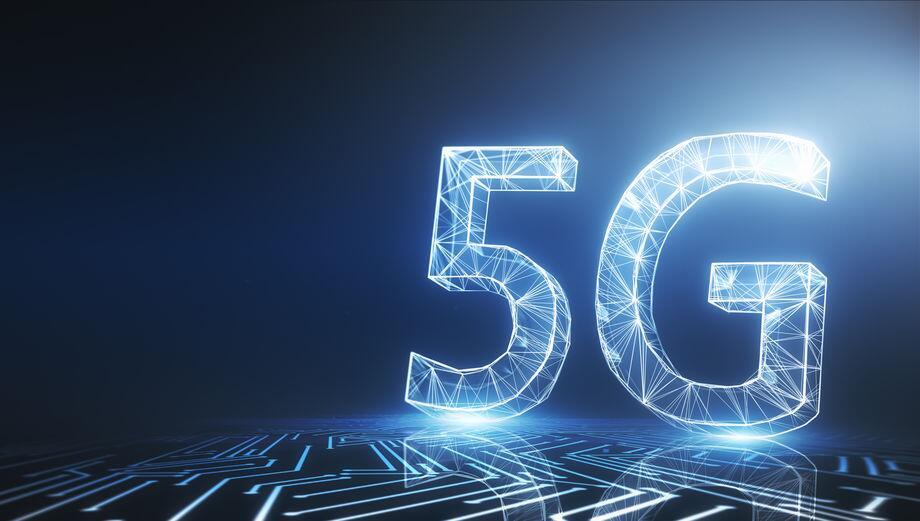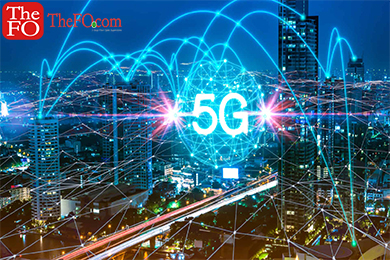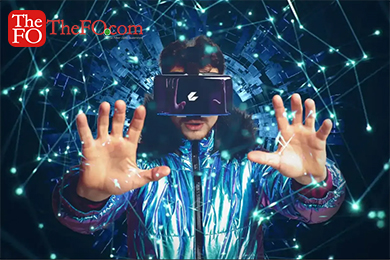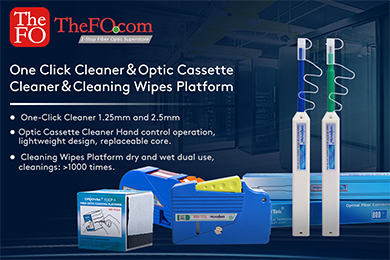-
5G is coming, some basic knowledge about it
What is 5G?
5G (fifth generation) is the abbreviation of the fifth generation of mobile communications, which will replace the current 3G and 4G. Behind this reduction lies a whole range of technologies, many of which are still under development. The completion of the testing phase and the adoption of standards is expected no earlier than 2020.

What are the main differences between 5G and existing standards?
The introduction of the fifth generation of mobile networks promises to be a revolutionary breakthrough in the field of communications due to the following innovations:
Massive MIMO. This technology involves the use of multiple antennas on transceivers. As a result, the data transfer rate and signal quality will increase in proportion to the number of antennas due to div
-
Gigabit enters the city, Cloud VR leads the future
Gigabit enters the city, Cloud VR leads the future
When you watched the Avengers 4 in the cinema, have you ever thought about experiencing immersive special effects through Cloud VR at home?
When you watched the NBA live on TV, did you think about the immersive experience of the game through Cloud VR.
This will be getting closer and closer to us!

Cloud VR develops into the fast lane, scale commercial acceleration
Last year, some domestic operators have launched Cloud VR-related services, and the monthly survival rate has steadily increased, and the user base has continued to expand. The pilot city of Cloud VR business will gradually increase.
For large-scale commercial use, explore the future direction of Cloud VR network development.
With the significant increase in the number of CIoud
-
Fiber damage, optical loss doubled for no reason - you must know
Categories: OthersFiber damage, optical loss doubled for no reason - you must know these operating points
Fiber optic operation, from the point of view is meticulous, because every data will form a judgment, no matter for technical experts or newcomers just in, after every seemingly ordinary operation, it is inevitable that some conditions.
For example, in the process of fiber inspection, the loss of light is doubled for no reason, and even the optical signal is blocked. After verification, it is known that particles and dirt that are invisible to the naked eye are distributed on the end face of the fiber. Such dirt not only blocks the signal, but also causes the reflected wave to cause different degrees of damage to the fiber. There is data showing that the network connection failed, 85% is due to the port is dirty when connected.

In the high powe




